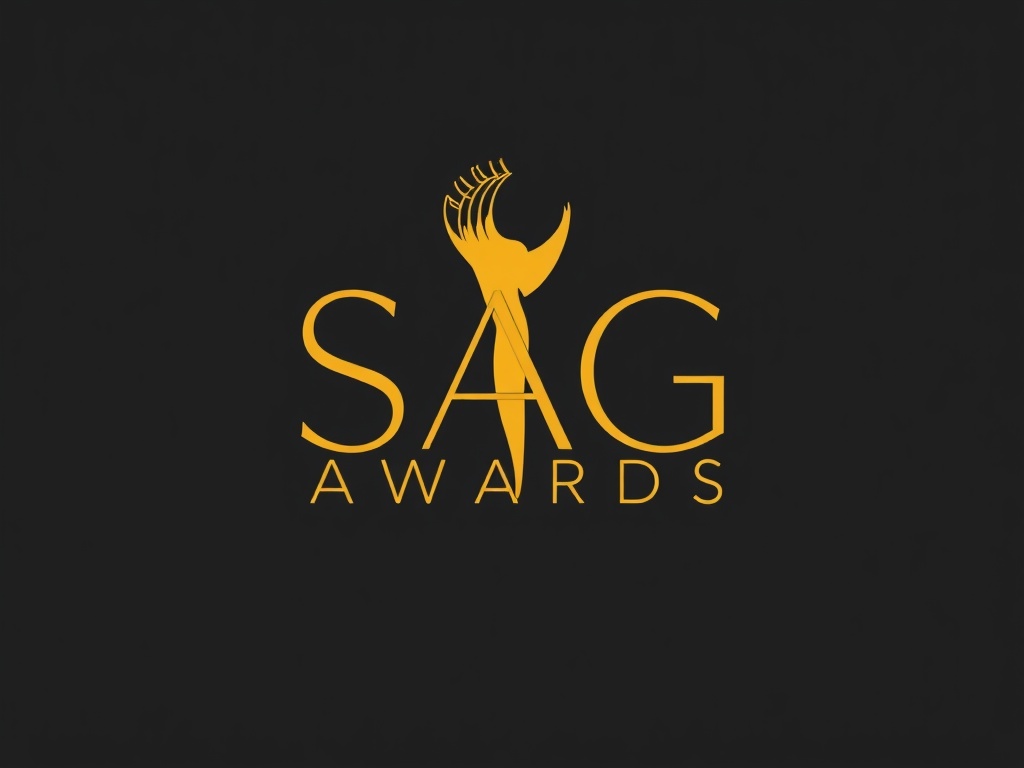Why the SAG Awards still matter: what to watch and why actors care
The Screen Actors Guild Awards are one of the entertainment industry’s most closely watched honors for performers.
Because the voting comes from fellow actors, these awards carry a unique professional weight: they reflect peer recognition rather than critic-driven praise or box office performance. That distinction shapes the ceremony’s outcomes and its influence on awards season momentum.

What makes the SAG Awards unique
– Peer voting: Winners are chosen by members of the actors’ union, which means the accolades represent the judgment of colleagues who understand the craft. That peer validation is often cited by winners as especially meaningful.
– Ensemble focus: Categories for outstanding cast and television ensemble place collaboration front and center. Films and series with strong ensemble work can be elevated here even if individual names aren’t household stars.
– Stunt recognition: A dedicated category honors stunt ensembles, acknowledging the risks and choreography behind action filmmaking—an increasingly visible part of the industry conversation about recognition and on-set safety.
– Predictive power: Because actors vote on both the SAG Awards and the top acting honors at other major industry ceremonies, the winners can be strong indicators of broader awards outcomes.
How nominations and voting work
Nominees are selected through a process managed by the actors’ union. A randomly selected nominating committee of union members helps determine the final slate, and then the larger membership casts ballots to choose the winners. This dual-stage approach blends a peer-curated shortlist with broad membership input, aiming to balance expertise and democratic participation.
Trends shaping the ceremony
– Streaming and platform diversity: Performances across streaming services, cable, and theatrical releases are all on equal footing, reflecting how distribution has evolved and expanded the pool of standout roles.
– Ensemble storytelling: As more projects emphasize serialized storytelling and richly populated casts, ensemble categories are gaining prestige and attention from audiences and industry alike.
– Representation and inclusion: Casting choices and the recognition of diverse performers remain central to conversations around the awards, influencing nominations and public reception.
– Fashion and statements: The red carpet continues to be a platform for designers and for performers to make political or cultural statements—speech moments onstage are often amplified in subsequent coverage.
How to watch and follow
The ceremony is typically broadcast on major networks and available via streaming on mainstream platforms; coverage also includes extensive red carpet reporting and social-media highlights.
For busy viewers, watching acceptance speeches, the ensemble category, and surprise wins captures much of the event’s cultural impact.
Why it matters beyond trophies
A SAG Award can boost an actor’s visibility, strengthen awards campaigns, and change industry perceptions about a given project’s prestige. For casts and crews, recognition from peers can translate into career momentum, increased bargaining power, and more attention to projects that prioritize strong acting and collaboration.
What to look for this season
Keep an eye on ensemble-driven projects, breakout supporting performances, and nominees who are active in the acting community—those factors often resonate with voters. Also watch for speeches that address industry issues or broader social topics; those moments shape public conversation after the ceremony.
The SAG Awards remain a key cultural touchstone because they center actors’ voices and celebrate the collaborative nature of performance. Whether you follow for fashion, speeches, or the acting itself, the awards offer a snapshot of what performers—and by extension, the industry—value most.